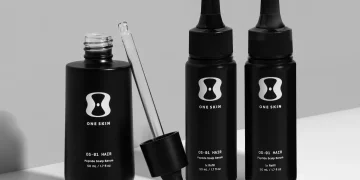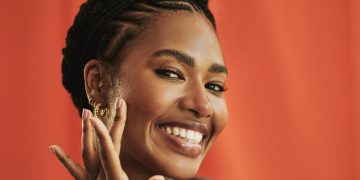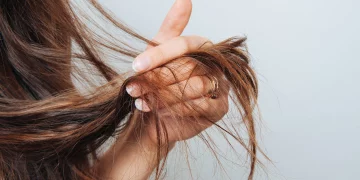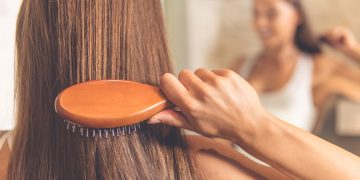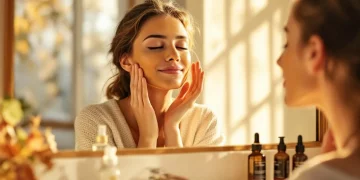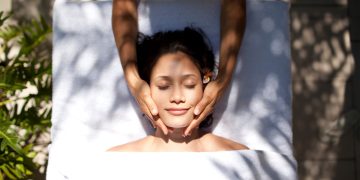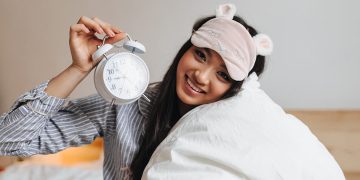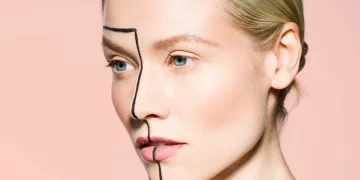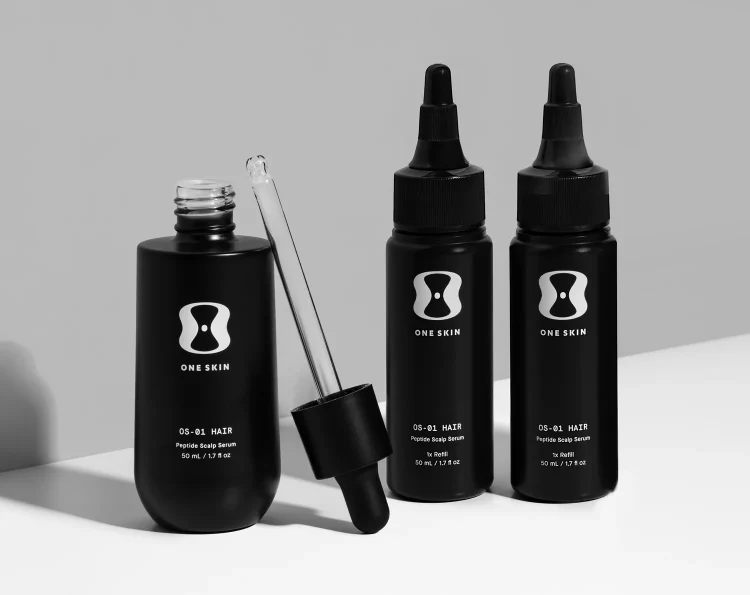Hair coloring has evolved dramatically over the past century—from harsh chemical dyes to increasingly gentle, customizable, and science-driven formulations. Today, a profound shift is underway. Consumers want color solutions that are safer, cleaner, more sustainable, and more innovative than ever before. This demand has given rise to a new generation of hair dye technologies: vegan formulas, ammonia-free systems, and even “smart pigments” capable of adapting to hair structure and environmental factors.
But is this transformation real progress—or just marketing buzz? And what does the future of hair dye actually look like?
Let’s explore the science, sustainability, and innovation shaping the next era of hair coloring.
Why Are People Demanding a New Kind of Hair Dye?
Traditional hair dyes rely heavily on ammonia, PPD (p-phenylenediamine), resorcinol, and other chemicals that, although effective, can cause irritation, dryness, scalp sensitivity, and long-term cuticle stress. At the same time, today’s beauty consumers value wellness, clean beauty, environmental responsibility, and personalization more than past generations.
This convergence has made the hair-color industry ripe for reinvention. Brands are racing to create solutions that offer:
- High performance with fewer irritants
- Plant-based or cruelty-free ingredient lists
- Eco-responsible packaging
- Longer-lasting, more vibrant color
- Less damage over repeated coloring cycles
- Options for at-home personalization
The result is a rapidly growing market of vegan, ammonia-free, and smart-pigment technologies—each representing a different dimension of what the future of coloring will look like.
Vegan Hair Dye: Does Plant-Powered Color Perform as Well?
What Does “Vegan” Really Mean in Hair Dye?
A vegan hair dye must contain no animal-derived ingredients and must avoid animal testing. Traditional dyes often use:
- Keratin (from wool or feathers)
- Collagen (from animal connective tissue)
- Beeswax
- Carmine (crushed cochineal beetles for red shades)
Modern vegan formulas replace these with plant-based or lab-synthesized functional alternatives:
- Plant proteins (soy, quinoa, rice)
- Botanical waxes (sunflower, candelilla)
- Fermented amino acids
- Mineral-based pigments
Do Vegan Dyes Deliver Strong, Lasting Color?
The answer: increasingly, yes.
Thanks to advancements in pigment science and plant-derived bond-support ingredients, vegan dyes now offer:
- Improved cuticle penetration
- Better color retention
- More reliable gray coverage
- Enhanced vibrancy using mineral pigments
However, fully vegan permanent dyes may still face challenges compared with traditional chemical formulas—especially for transforming dark hair to much lighter shades. Yet, hybrid systems with plant ingredients combined with modern lab technology are bridging that performance gap quickly.
Ammonia-Free Hair Dye: Is It Truly Gentler?
What’s Wrong with Ammonia?
Ammonia is effective at:
- Raising the hair’s pH
- Opening the cuticle
- Allowing dyes to penetrate
But it also:
- Causes a strong odor
- Can irritate the eyes and scalp
- May lead to dryness and porosity issues over time
What Replaces Ammonia?
Modern formulas use alternatives such as:
- MEA (monoethanolamine)
- Amino acid buffers
- Oil-based delivery systems (oil-in-oil or oil-in-cream emulsions)
- Alkaline botanical extracts
Ammonia-free dyes aim to achieve cuticle lift without the harsh spike in pH or the volatility of traditional ammonia.
Is Ammonia-Free Always Better?
Not automatically.
- MEA is gentler but harder to rinse out.
- Oil-based systems require more precise application.
- Ammonia-free lifting power can be lower for dramatic color changes.
Still, for sensitive scalps, frequent coloring, gray blending, or glossy tone-on-tone results, ammonia-free systems are a major step forward—and will likely become the default standard for many consumers.

Smart Pigments: The Most Exciting Innovation in Hair Dye?
Smart pigments represent the most transformative leap in hair-color science. These new systems—still emerging, but rapidly growing—use pigment molecules that respond intelligently to hair and environmental triggers.
How Do Smart Pigments Work?
“Smart” pigments may have the ability to:
- Adjust color intensity based on pH
- Bond selectively to damaged areas
- Shift tone under UV or heat exposure
- Embed deeper into porous hair while staying lighter on healthier sections
- Provide self-regulating deposition to avoid over-processing
Examples include:
- Melanin-mimicking pigments that age more gracefully
- Encapsulated color molecules that release slowly for longer wear
- Heat-activated toners for at-home color maintenance
- UV-adaptive pigments that reduce brassiness outdoors
Why Are Smart Pigments the Future?
Because they solve the biggest problem in hair color: inconsistency.
Every strand has different porosity, history, and fiber health. Traditional dyes often grab more in damaged areas, creating uneven results.
Smart pigments—by depositing with precision—can produce smoother, more balanced color with less human error. This makes them ideal for at-home users and professionals alike.
Sustainability: A Core Priority for Next-Generation Hair Color
The movement isn’t just about ingredient lists—it’s about the entire lifecycle of hair dye as a product.
Expect Big Shifts In:
- Packaging —compostable pouches, recycled plastics, refillable systems
- Waterless formulations —powder or concentrated forms activate with water
- Plant-powered solvents —green chemistry replacing petrochemicals
- Low-waste production —biotech fermentation for consistent pigment output
Brands that ignore sustainability risk losing relevance, as eco-beauty becomes a central consumer value rather than a niche preference.
Are At-Home Kits the New Salon?
During and after the pandemic, at-home hair coloring became more sophisticated than ever. The next generation of DIY kits will likely include:
- Personalized color algorithms
- App-guided mixing and timing
- Smart bottles that dispense exact ratios
- Virtual try-on with real-time color mapping
- Bond-building boosters included in the box
Salon colorists will remain essential for complex techniques, but tech-supported DIY systems will expand dramatically.
Will Salons Embrace the New Era of Hair Dye?
Absolutely. Salons increasingly want:
- Cleaner air (fewer volatile chemicals)
- Safer formulas for stylists to work with daily
- More predictable results
- Customizable systems for diverse hair types
Many professionals are transitioning to hybrid or fully green color lines that offer both performance and wellness benefits.
So—Is This Truly the Future of Hair Dye?
Yes—vegan, ammonia-free, and smart-pigment technologies represent the three pillars shaping the next decade of hair color.
The Future Will Be:
- More personalized—color formulas tailored to your hair’s biology
- More ethical—cruelty-free and animal-free ingredients
- More sustainable—eco-minded production and packaging
- More intelligent—self-adjusting pigments that reduce damage
- More accessible—professional-grade results at home
The shift isn’t a trend—it’s a technological evolution. As biotech, green chemistry, and digital tools merge, hair color will become safer, richer, more precise, and more expressive than ever before.













